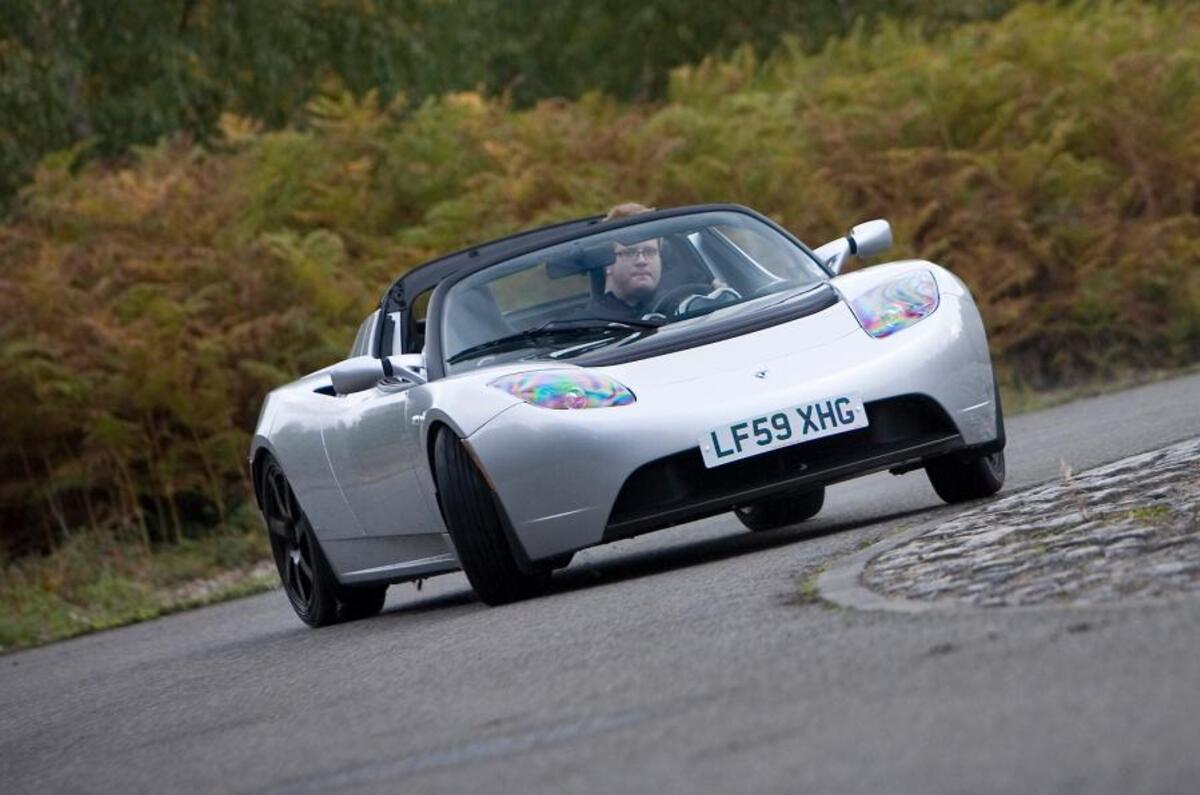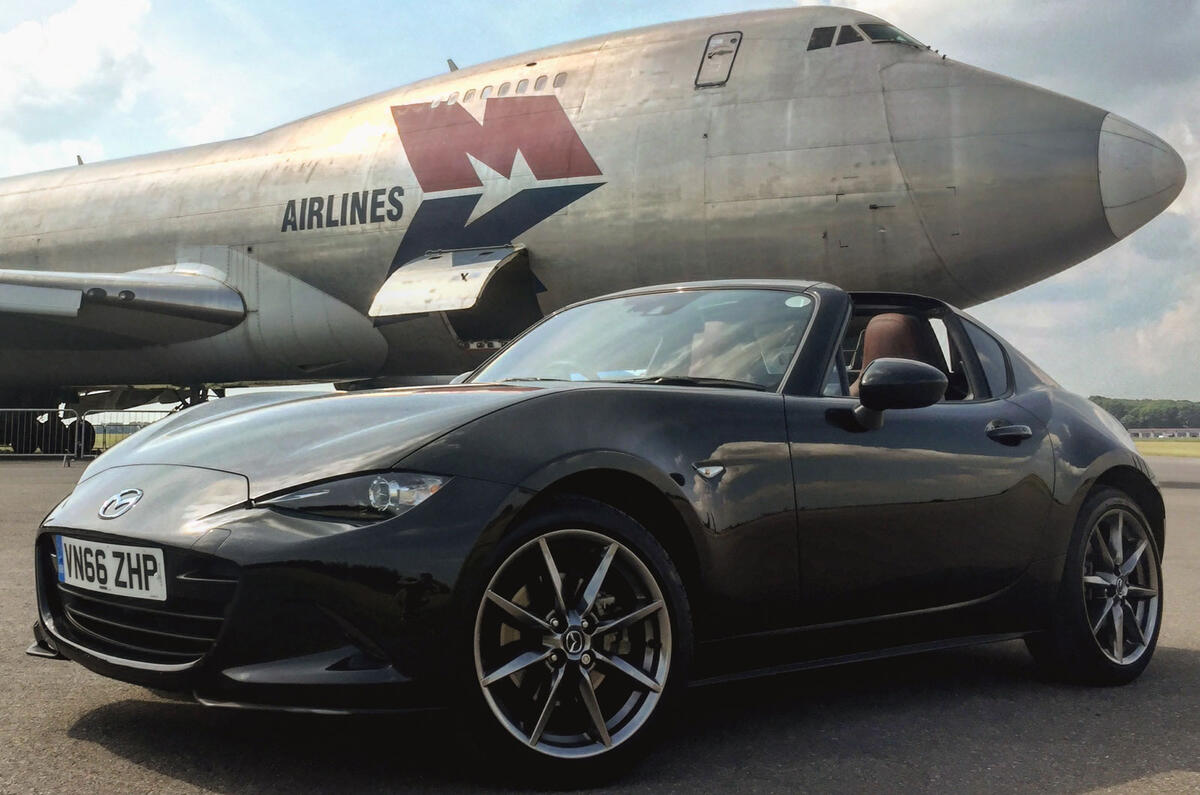Last week, I spent four days in a 2.0-litre Mazda MX-5. It’s very good, but it got me thinking – why are there no fully electric models in this class?
Let me explain. Like a fast-growing percentage of the world’s population, the vast majority of my weekly journeys are in city streets and on motorways - scenarios in which the MX-5’s engine is rather quiet.
It only becomes aurally engaging when worked hard. In all other circumstances, wind and road noise dominate the sound waves that surround the little Mazda, as they often do in non-premium convertible sports cars.
That’s why I think it might as well be electric.
Don’t get me wrong, when venturing onto B-roads, the pleasing tone of a sweet combustion engine can’t be beaten, but unless it’s something very highly strung or endowed with six or more cylinders, I’d argue the loss of sound isn’t that great.
And anyway, some people don’t buy sports cars to attack country lanes, they buy them to enjoy the sun and trundle through town in. For those people – and I must admit I’d be one of them during the working week – an all-electric sports car would be perfect. Zero-emissions drop-top motoring in a lightweight two-seater would have no impact on local air pollution, and would still be fun.
There are obvious benefits for an EV sports car too. An EV powertrain’s range will be boosted due to the inherent lightweight design of a sports car, and the low placement of batteries in the structure can actually give the model a lower centre of gravity than an internal combustion engine can. There are packaging advantages as well.







Join the debate
Add your comment
ABSOLUTLEY!!!! 100% Agree!!! I've owned small roadsters and sport coupes for over 40 years. From my first 1962 MGA to my 1991 Miata to my current 2008 Porche Boxter. I've already been looking into convertign my Boxter to electric. The problem is the cost to do it is twice what I paid for the car! I would love to see an electric MX-5 or something similar and affordable. Why do all the electric sports cars have to be super expensive super cars???
Toyota just came out with a new version of their GT86 because the previous version was so underpowered. Why didn't they just make it an EV? (and a hatchback!) The world needs more affordable sports cars and looking to the dead-end future of the gas powered combustion engine it only makes sense to go electric and go now!
Petrol/diesel fuel is still cheap
voyager12